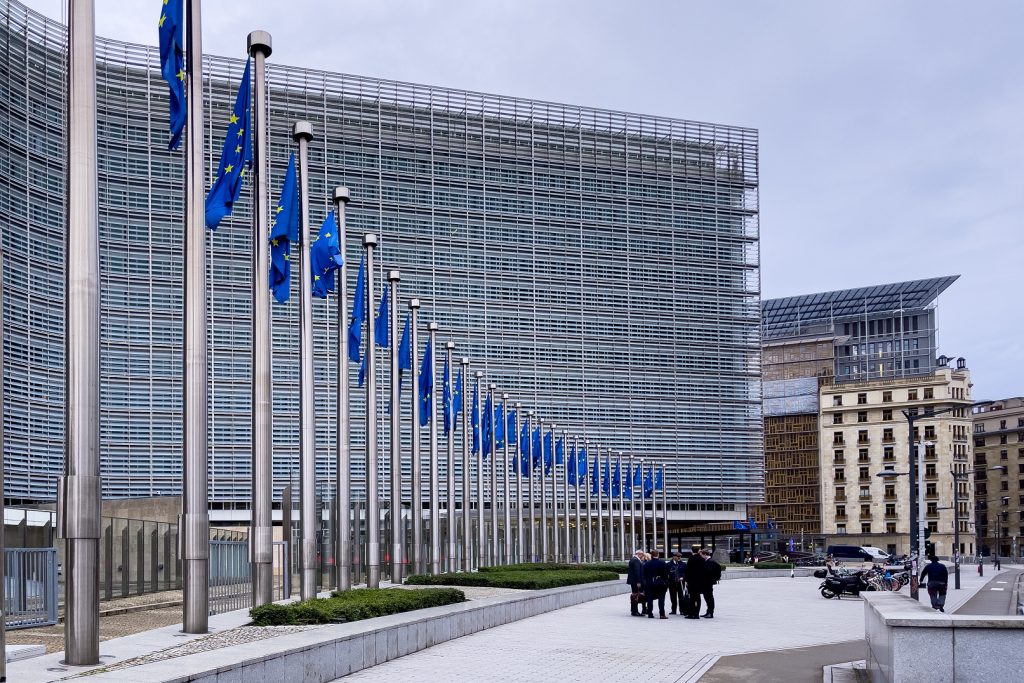There are over 4000 participatory budgeting (PB) initiatives in action in Europe today. The majority of these are being implemented in Portugal and Poland. But what if PB was implemented at the EU level? Member of the European Parliament Helmut Scholz believes that PB is one of the most promising ways for governments and the EU to regain the trust of citizens. As one of the most concrete forms of participatory democracy, he sees PB as a way to avoid the problem of citizens’ ideas “disappearing into nirvana.”
The European Citizen Action Service’s Elisa Lironi agrees that participatory budgeting “ranks high on the participatory democracy ladder,” but requires significant commitment at the local, national and EU level. The latter has not yet been attempted, but the European Citizen Action Service has proposed a pilot project designed to test it out.
Challenges to implementing participatory budgeting on the EU level
European Commission policy analyst for Innovation in Government, Andrea Erdei, says they are currently looking to expand PB. However, the EU’s multi-level governance system makes this challenging.
Member States make the final decisions regarding the EU budget, so the Commission must work with them via funding programmes like Horizon Europe in order to implement change. Thus far, attempts by the Commission to involve citizens in decision-making processes have had limited success, admits Erdei. Senior Researcher in Social Studies at the University of Coimbra, Giovanni Allegretti, points out that even at the national level, PB presents a challenge for governments. The Portuguese government tried to implement PB at the national level in a 2017/18 experiment but stopped because of technical limitations.
Technology has the potential to make PB more efficient and widely accessible, agrees Lironi. Although the digital divide is still an issue in some parts of Europe, there is an increasingly large number of Europeans who use their smartphones all the time. Lironi believes that technology can play an important role in gathering citizens’ input and responses as it provides more flexibility for participation. It also provides useful ways of explaining to citizens exactly how PB initiatives work, step-by-step.
She also points out that communication of PB projects is key, in order to get as many citizens involved as possible. Participants need to understand what’s in it for them. Yet when planning a PB project, communication outreach is frequently given limited budgets and resources. Multipliers are also crucial and collaboration across different levels of government – EU, national and local – “the EU can’t do this alone” stresses Lironi.
The technology
Allegretti argues that although technology is useful for the instrumental aspects of PB processes, it has limited application in the forging of what he terms “societal bonds”. These lie at the heart of PB and other participatory democracy processes, as they help to forge trust between citizens and their governments. He agrees that platforms like Consul and Decidim are well-known and by now fairly well-developed but advocates for a hybrid approach to decision-making – seeing AI tools as useful in avoiding redundancy in participatory democracy processes more generally.
Hundreds of online responses from participants can be counter-productive so the importance of clarifying the role of platforms at micro and macro levels is extremely important, adds Allegretti – “they should not work as amplifiers of frustration”.
